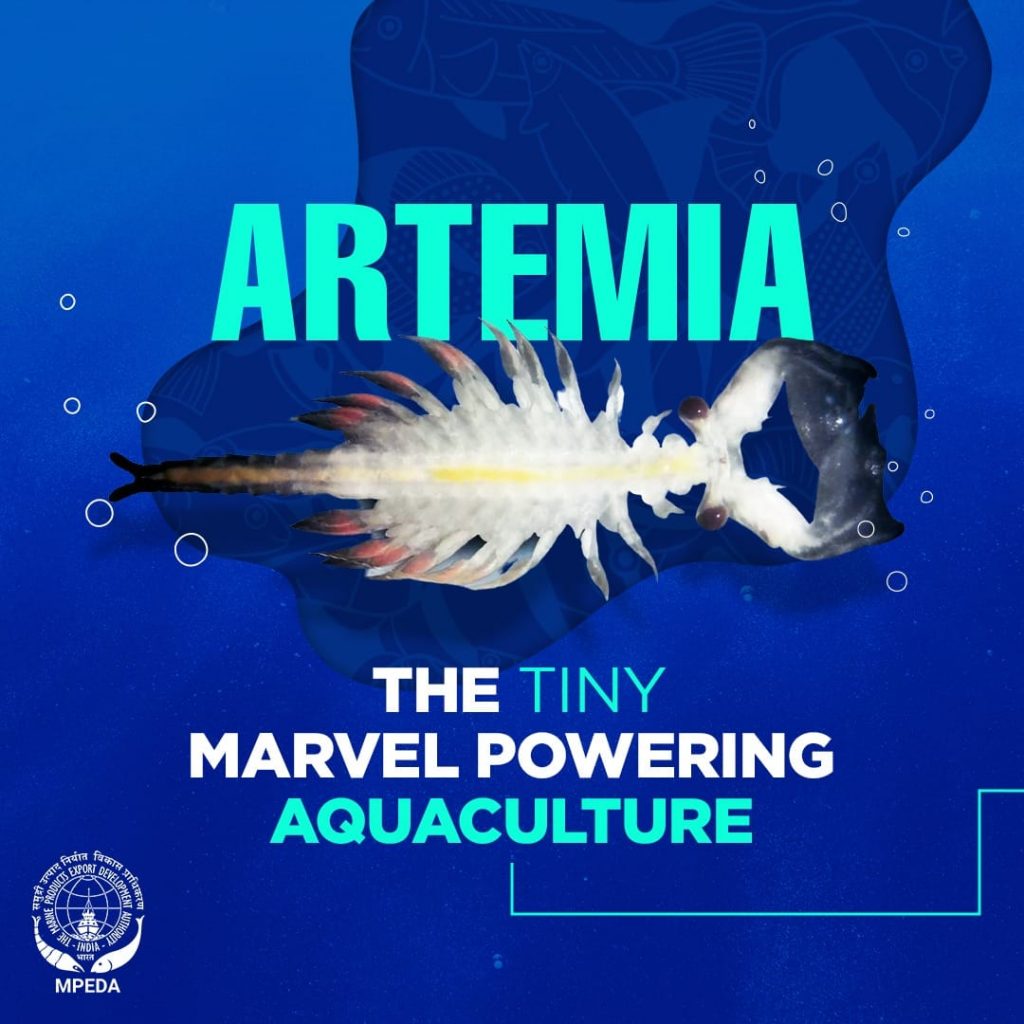Shrimps are the most popular seafood in the United States for good reason. Juicy, with sweet overtones of the salty sea, they are generous with their flavours. Combine them with rice or pasta for a hearty meal. Grill or batter fry for conversation-making appetizers. Mix them up with veggies, fresh cream or mayo for a delicious dip or topping to go with bread, crackers or chips. Versatile, but never boring, shrimps bring a dash of deliciousness to a meal.
But there’s a twist in every shrimp tale. The secret to success while cooking shrimp lies in identifying and buying the right kind of shrimp. Many of us have stopped at the seafood counter and looked at the shrimp options with dismay. There’s fresh/frozen, wild/farmed, tiny/colossal, shelled/with shell, with tail/without the tail, veined/deveined – yes, these crustaceans can pose quite a conundrum if you are not sure about your shrimp facts.
Frozen or fresh
Supermarkets normally stock three kinds of shrimps. Fresh, frozen-and-thawed and frozen. Fresh shrimps are rare and therefore expensive. This is because shrimps deteriorate very quickly and are therefore quickly frozen. The ‘fresh’ (non-frozen) shrimp you see kept on ice in the supermarket is thawed. You will also find shrimps in the freezer section of the supermarkets. Between the thawed and frozen shrimps, the latter is the better option. This is because thawed shrimp lose their flavour very quickly. They also have a very short shelf life.
The right size
Shrimps come in various sizes from tiny to extra-colossal. The size you buy depends upon what you intend to cook. For dips, stews or soups, go for the tiny shrimp. The medium or large shrimps are ideal as accompaniments with rice or pasta. The extra-colossal shrimps make a spectacular impact on the grill or barbecue.
Get the count right
The label often indicates the size of the shrimp. For example, if the label states U60, this means that there are under 60 shrimps per pound. If the label reads 50/60, it denotes that there are between 50-60 shrimps per pound. Normally, these are the small shrimps. U35 or 31/35 per pound are extra-large shrimps while U10 are extra-colossal shrimps. Sounds confusing? Not really. You just have to remember that the smaller the number on the pack, the larger the shrimp.
With/without shell/vein
This is an individual choice depending on time and convenience. However, some cooks swear that cooking with the shell retains the flavour, the shape and the juiciness of the shrimps. If you are buying thawed shrimps with shells, make sure that they are not soft or slimy. You can buy the deveined variety if the thought of eating shrimp digestive track puts you off.
That’s it. Just keep these simple pointers in mind, and when you are at the seafood counter choose the best, choose Indian Seafood, cause the world loves it!




